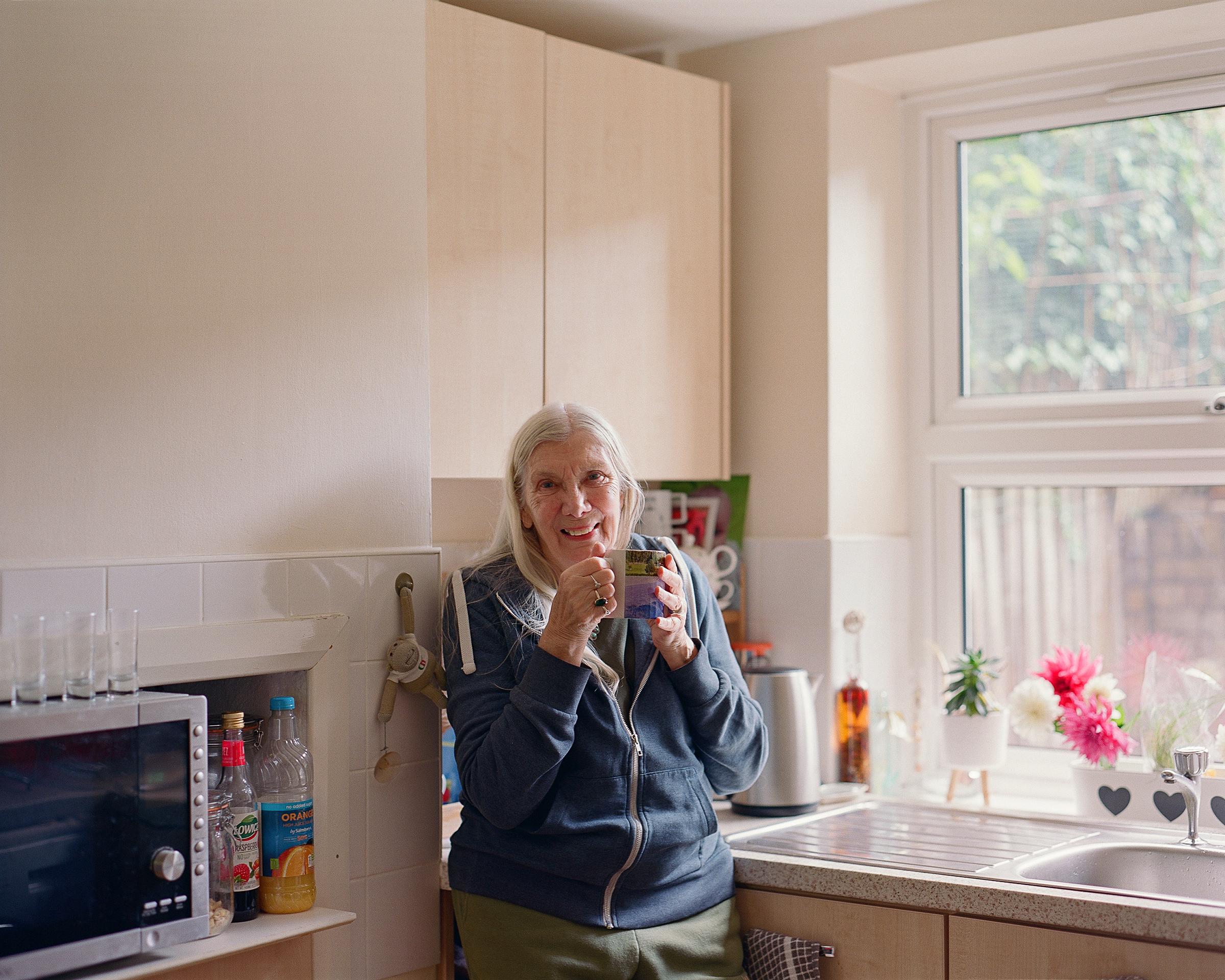Report
Housing
Understanding the likely poverty impacts of the extension of Right to Buy to housing association tenants
This research explores the impact of Right to Buy (RTB) to housing association tenants in need of low-cost rented homes. It also explores the likely impact on housing supply.
The report shows that:
- around 1.3 million housing association tenants will gain the Right to Buy, but only around 180,000 of these are eligible and able to afford to exercise it;
- total uptake of the Right to Buy over the first five years of operation is estimated at 128,000;
- around 10 per cent of local authority housing nationally is high value for its size and region. The proportions vary dramatically between authorities, and the worst affected areas will see a reduction in over 50 per cent in social housing available for letting, at least until replacement stock is built;
- if stock is replaced like-for-like in terms of tenure, the Right to Buy and local authority sales will eventually have a positive impact on the availability of low-cost housing and on poverty;
- if social rented homes are replaced with Affordable Rented ones, rent levels, poverty and housing benefit costs will all increase;
- if social rented homes are replaced with shared ownership or Starter Homes these will not be affordable to households who would otherwise have accessed the social rented homes. This will increase the number of poorer households renting in the private rented sector, which will increase poverty and housing benefit costs.
We need more homes of all tenures: only 3% of new social tenants could afford shared ownership or starter homes instead.

This report is part of the housing topic.
Find out more about our work in this area.